
Sebastian Hedevang
Current assets
December 10, 2020 – February 18, 2021
There were only a few days until my visit to Fondazione Baruchello in Rome where I would meet and interview Gianfranco Baruchello. I had been drawn to Baruchello’s work for some time, but I was still pretty unsure why I had come to this idea of meeting him. I’m not a curator, nor had I any plans to become one even for one show, and I had no plans on doing a book or any further research on his work. Maybe it was because it would soon be the last chance since he was 95 years old. And maybe I naively believed the curiosity + honesty, that I saw in his work and felt were a scarcity in the professionalized art world today, would come my way simply by meeting him in the flesh.
In his life, he had thoroughly examined the sheer nature of imagination: He did farming as an art practice; made videos of the crops growing; he squatted and cultivated investment land and produced edible crops in the name of civil disobedience, and then tried to look at those heaps of sugar beets as readymades – why shouldn’t he, I thought when other Italian artists were showing horses and legumes in gallery spaces at that time; then from the sugar beets he did interviews with pastry chefs, professionals in the candy industry and juxtaposed those with interviews with philosophers and intellectuals about “sweetness”; he made and sent a proposal for a device to treat post-traumatic stress syndrome among veterans to The Pentagon; hung newspapers in the trees and so on, but all the while still upholding a studio practice making drawings, paintings, assemblages and collages. To me, on a personal level, that seemed like a dream artistic practice, where life could be magical and you could make “fun” artworks for white cubes at the same time. I acknowledge, of course, that the sense of freedom in his art practice maybe wasn’t unconditioned. But that he was a man of privilege, who before he came out as an artist in his thirties, was a trained lawyer coming from a family of lawyers.
Besides my nervousness about how to begin my “interview” and self-doubt about why exactly I was sitting in the library of The Danish Institute in Rome preparing for it, Covid-19 had broken out in Northern Italy and eclipsed all other issues.
I had been around the city sightseeing with Mia and Ilya for a week and began to worry that me meeting Baruchello could potentially infect him. I agreed with his daughter, who manages his email, that it would be better to postpone the meeting. The day after the institute decided to shut down and we bought tickets to Copenhagen with the last flight available.
The overall design of the exhibition and the art works has been conceptualized in and after conversations with Mia Edelgart, Simon Rasmussen, Henriette Heise, Andreas Rønholt Schmidt, Anne Mette Schultz, Moa Alskog and Morten Knudsen.
The exhibition poster and flyer was made by C.C.C. and Andreas Peitersen. Jens Rønholt Schmidt prepared the architectural drawings of Vesterport facade and Gate to Copenhagen City Hall Courtyard for 3D renderings. Stereolithographic 3D prints of Vesterport facade and Geppetto on Chair by Kapper Creations, Gate to Copenhagen City Hall Courtyard was machined at Bo & Co., and the legs of Vesterport were fused filament printed at era006. All 3D renderings were made by Casper ‘Guggi’ Olsen.
The production of the artworks has been funded through recent sales to The National Gallery of Denmark (Svejseværk, 2019 w. Andreas Rønholt Schmidt, Henriette Heise, Morten Knudsen and Jens Hüls Funder) and Københavns Kommune (Mayor Humdinger on Cat Carrier Vehicle, 2020 and Death Loop, 2019 w. Mia Edelgart and SOLW), savings from
my unemployment benefits and short-term employment a t the exhibition production of Anupama Kundoo at Louisiana Museum of Modern Art.
– Sebastian Hedevang
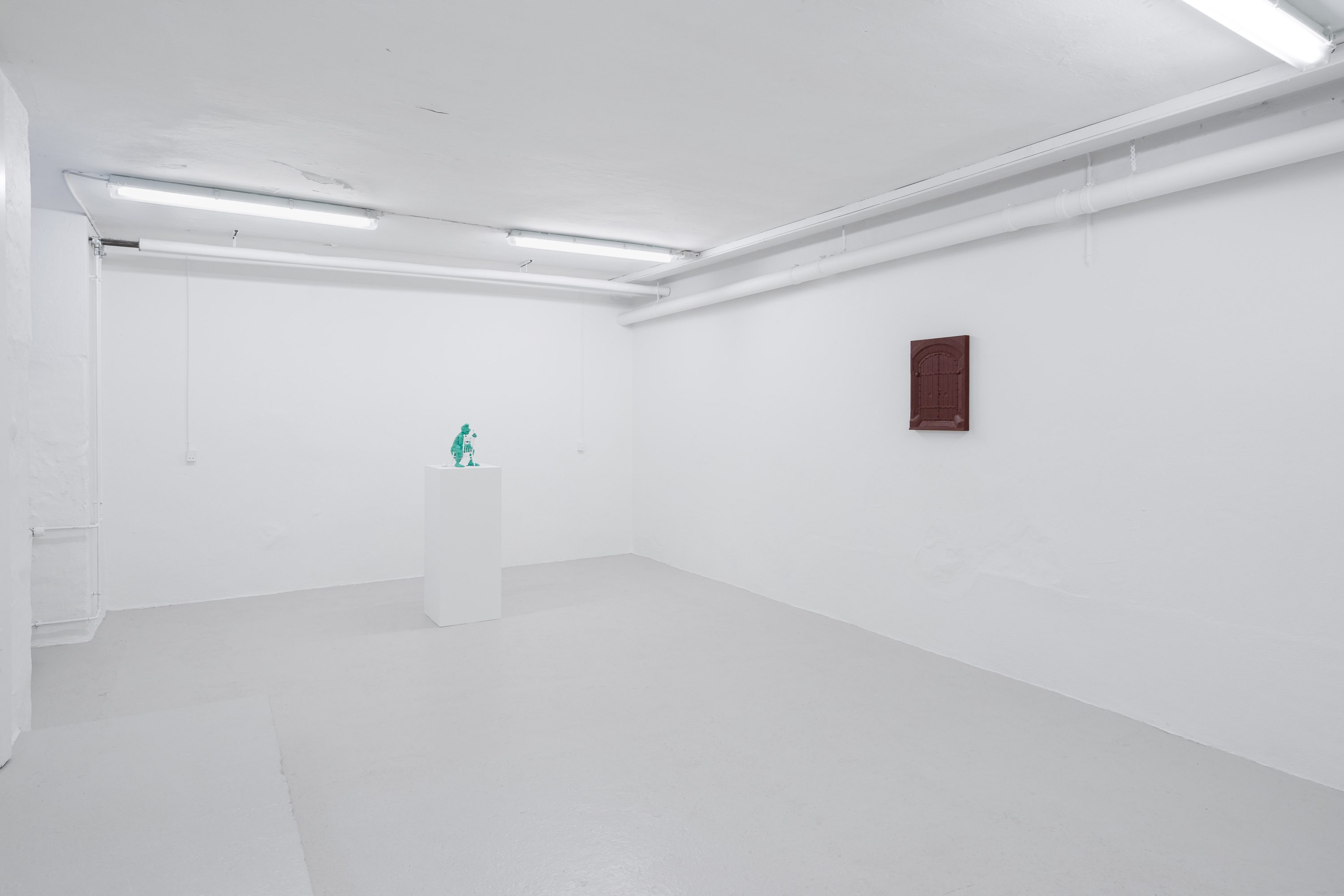
Sebastian Hedevang. Current assets. December, 2020 – February, 2021. Photo by Brian Kure 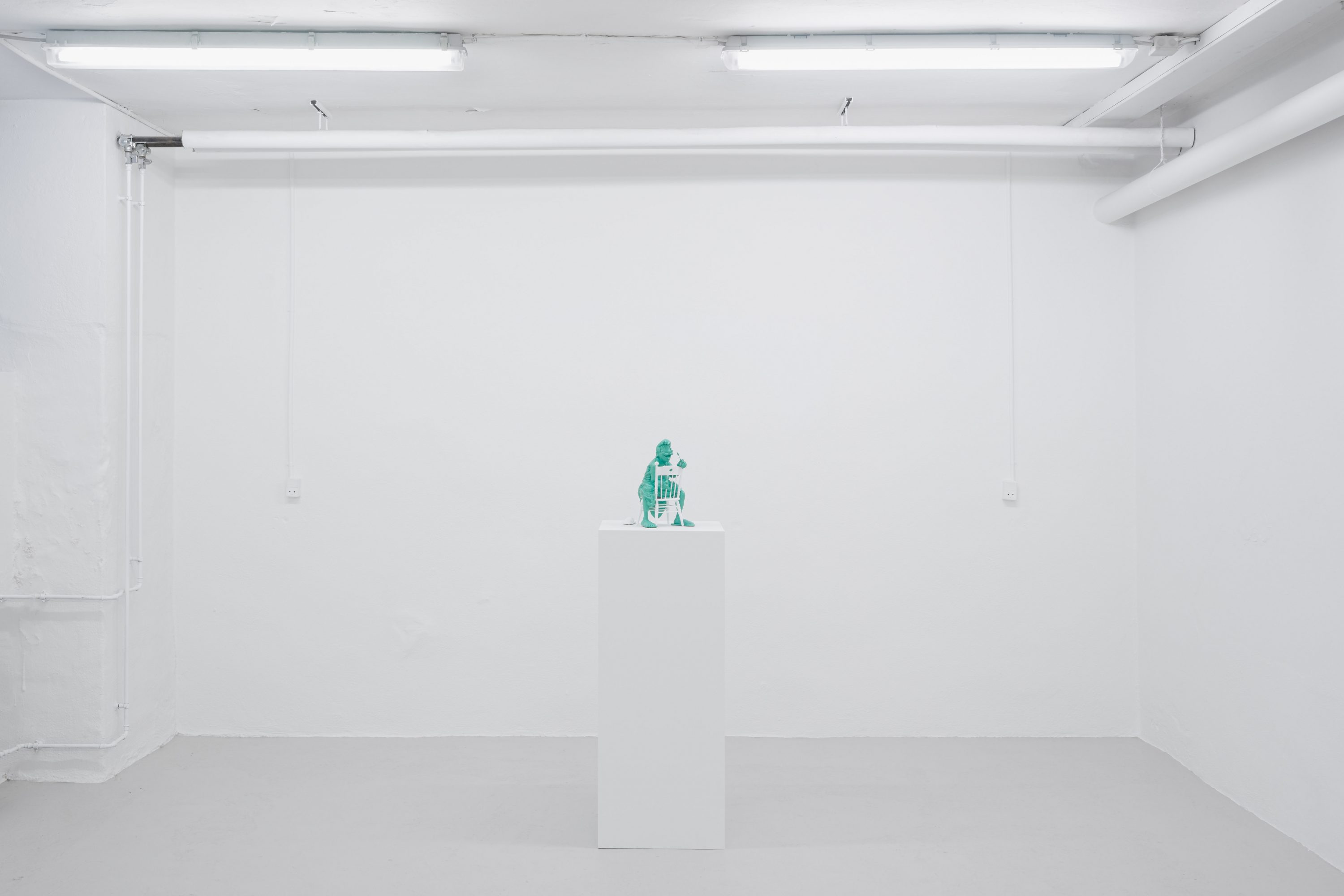
Sebastian Hedevang. Current assets. December, 2020 – February, 2021. Photo by Brian Kure 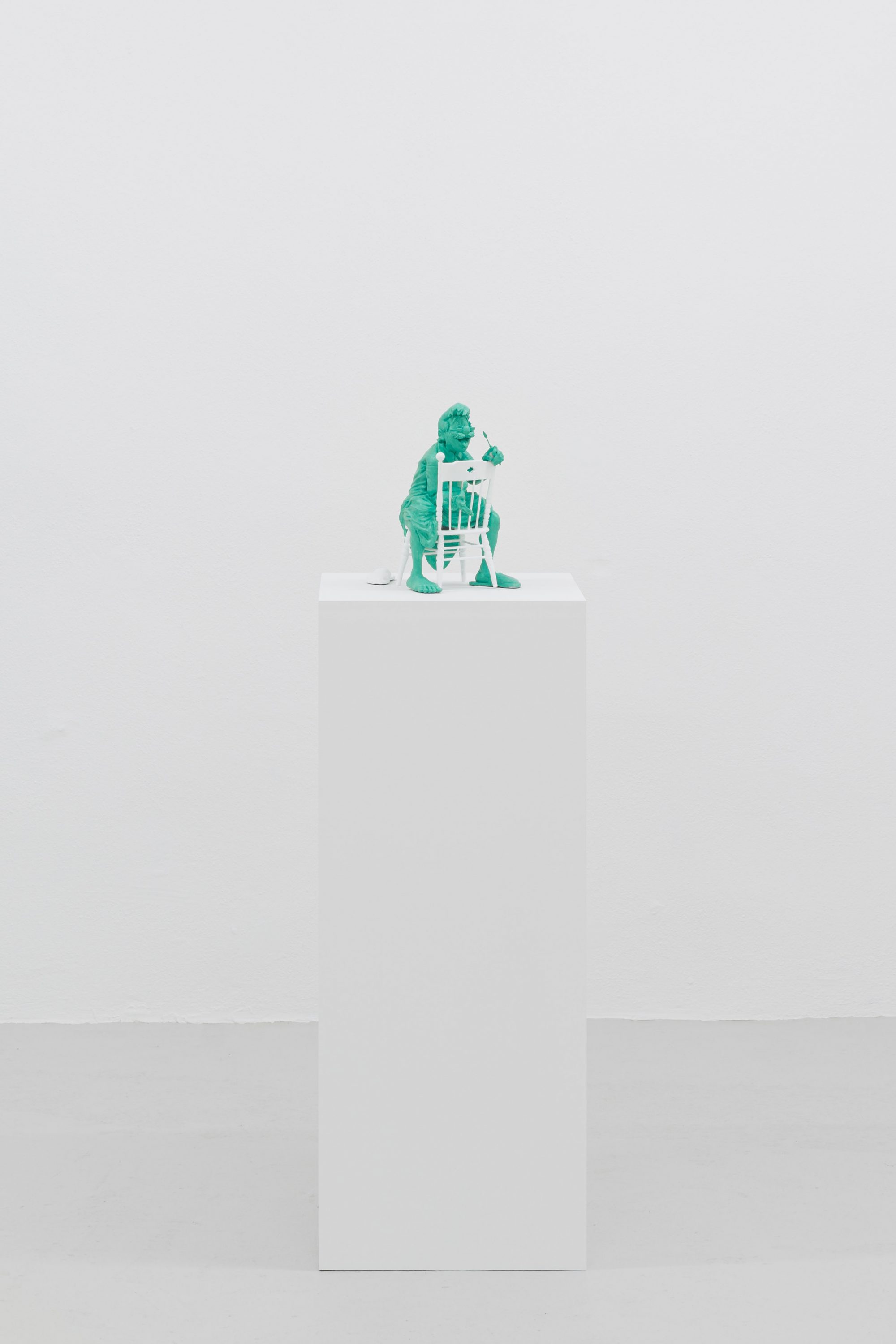
Sebastian Hedevang. Geppetto on Chair, 2020. SLA print, oil paint, acrylic paint. approx. 30 x 30 x 35 cm 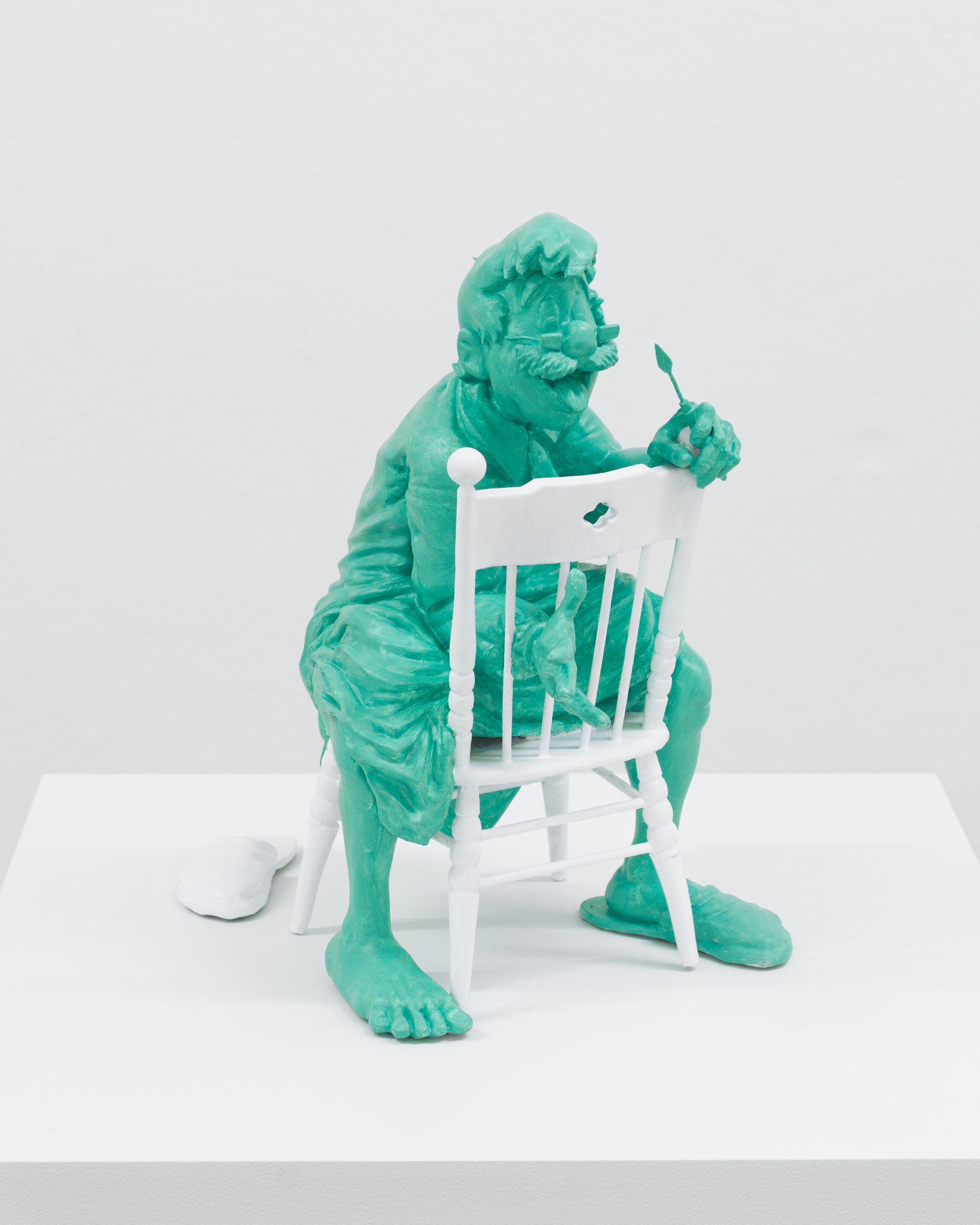
Sebastian Hedevang. Geppetto on Chair, 2020. SLA print, oil paint, acrylic paint. approx. 30 x 30 x 35 cm 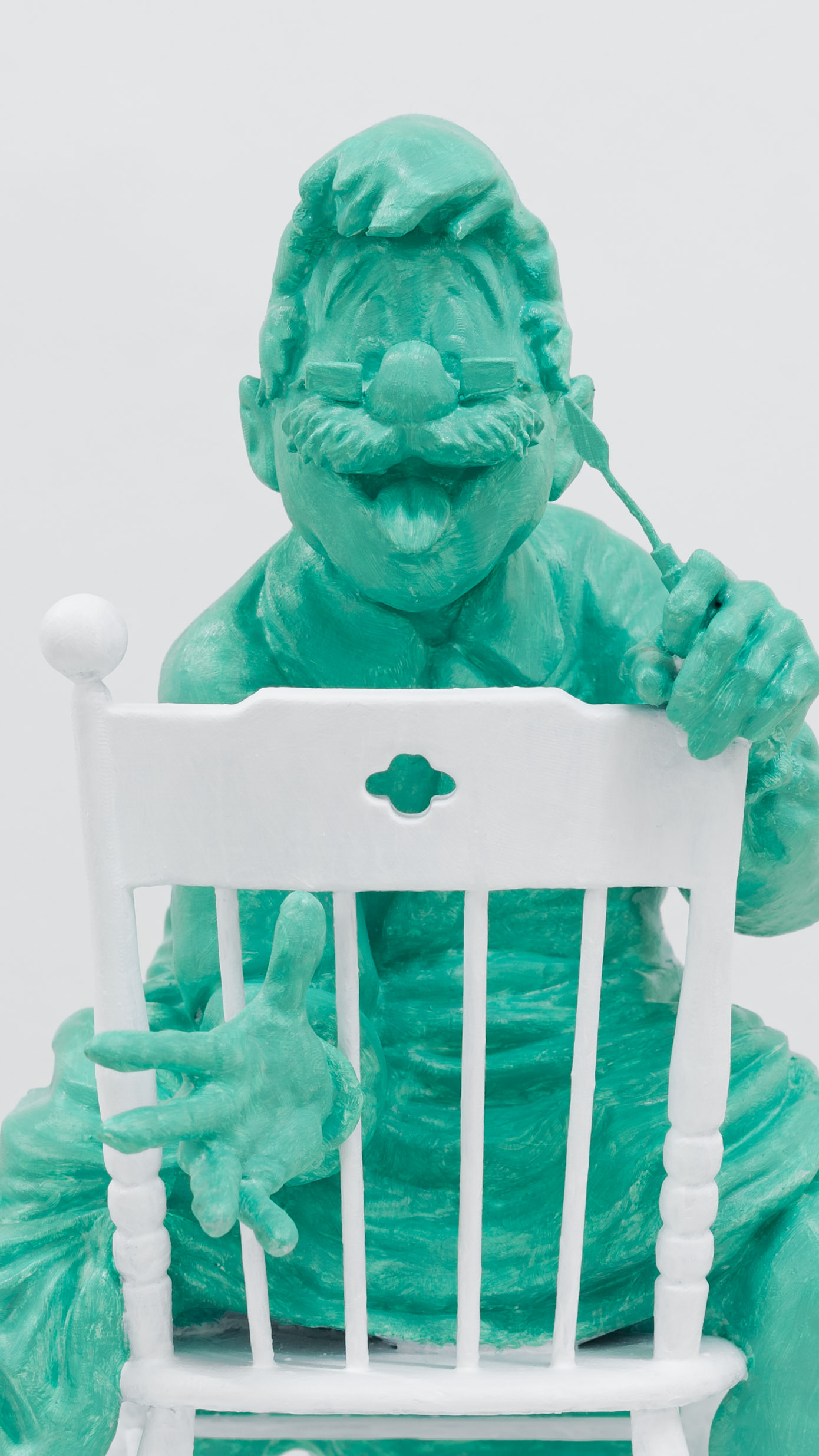
Sebastian Hedevang. Geppetto on Chair, 2020. (Detail) 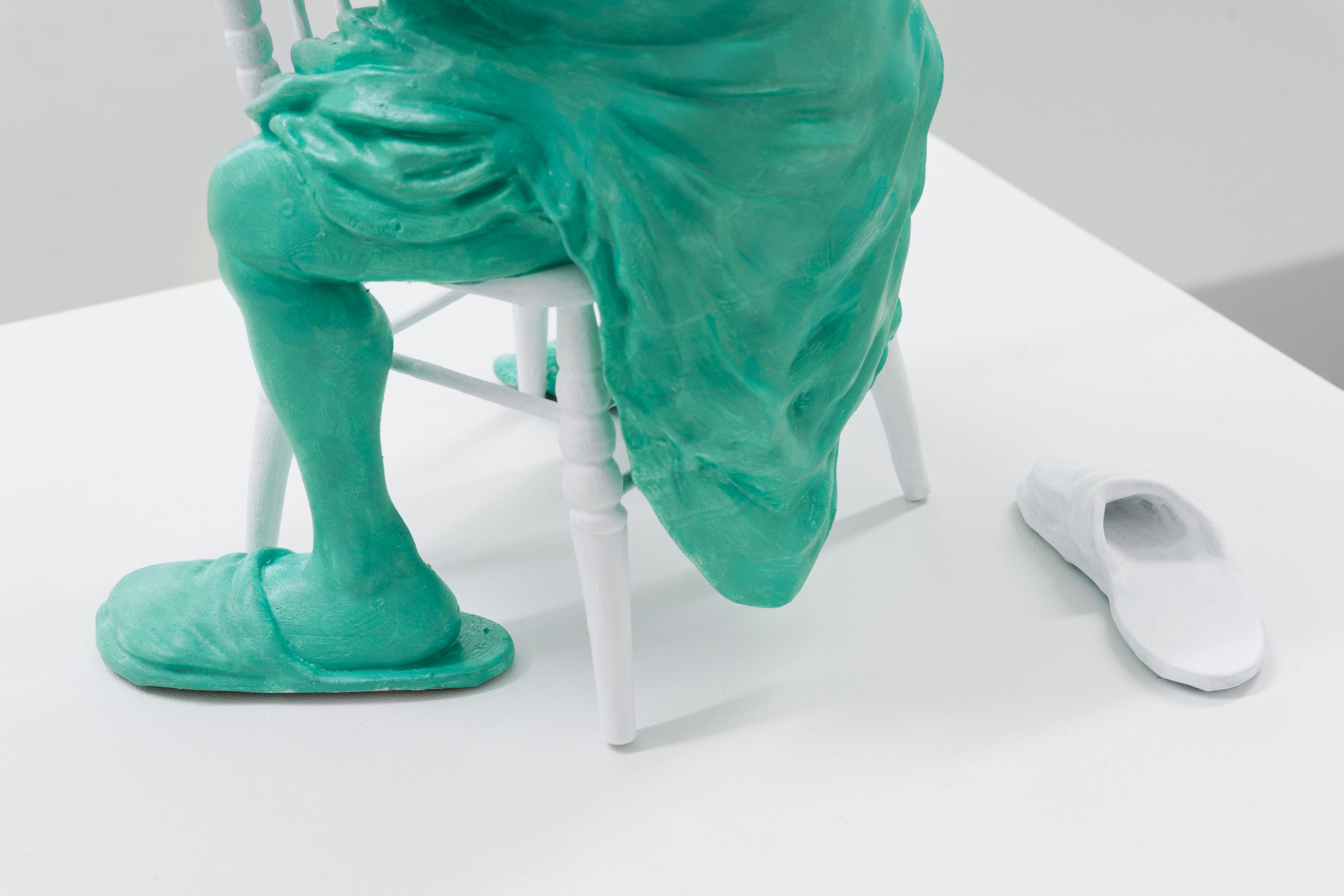
Sebastian Hedevang. Geppetto on Chair, 2020. (Detail) 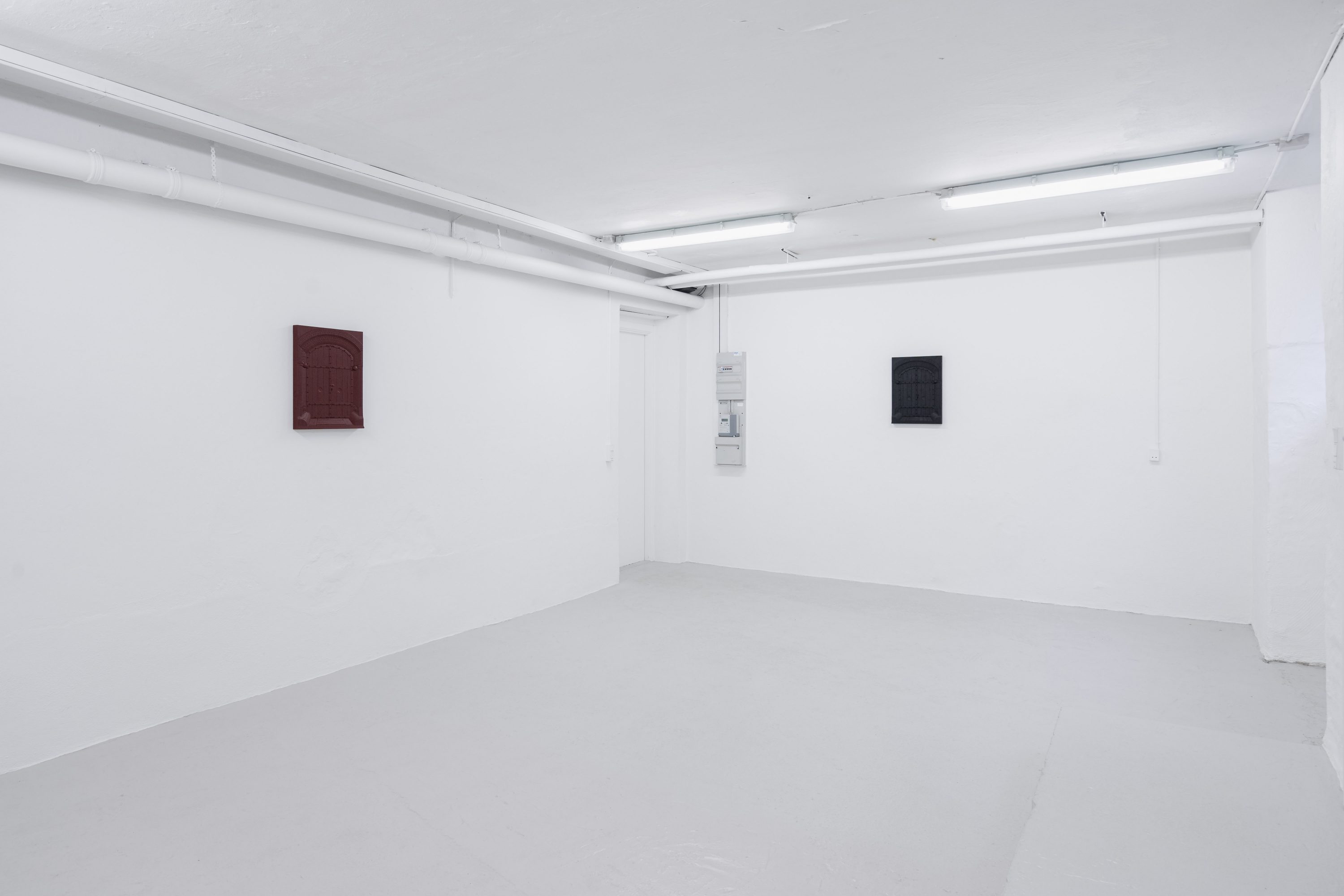
Sebastian Hedevang. Current assets. December, 2020 – February, 2021. Photo by Brian Kure 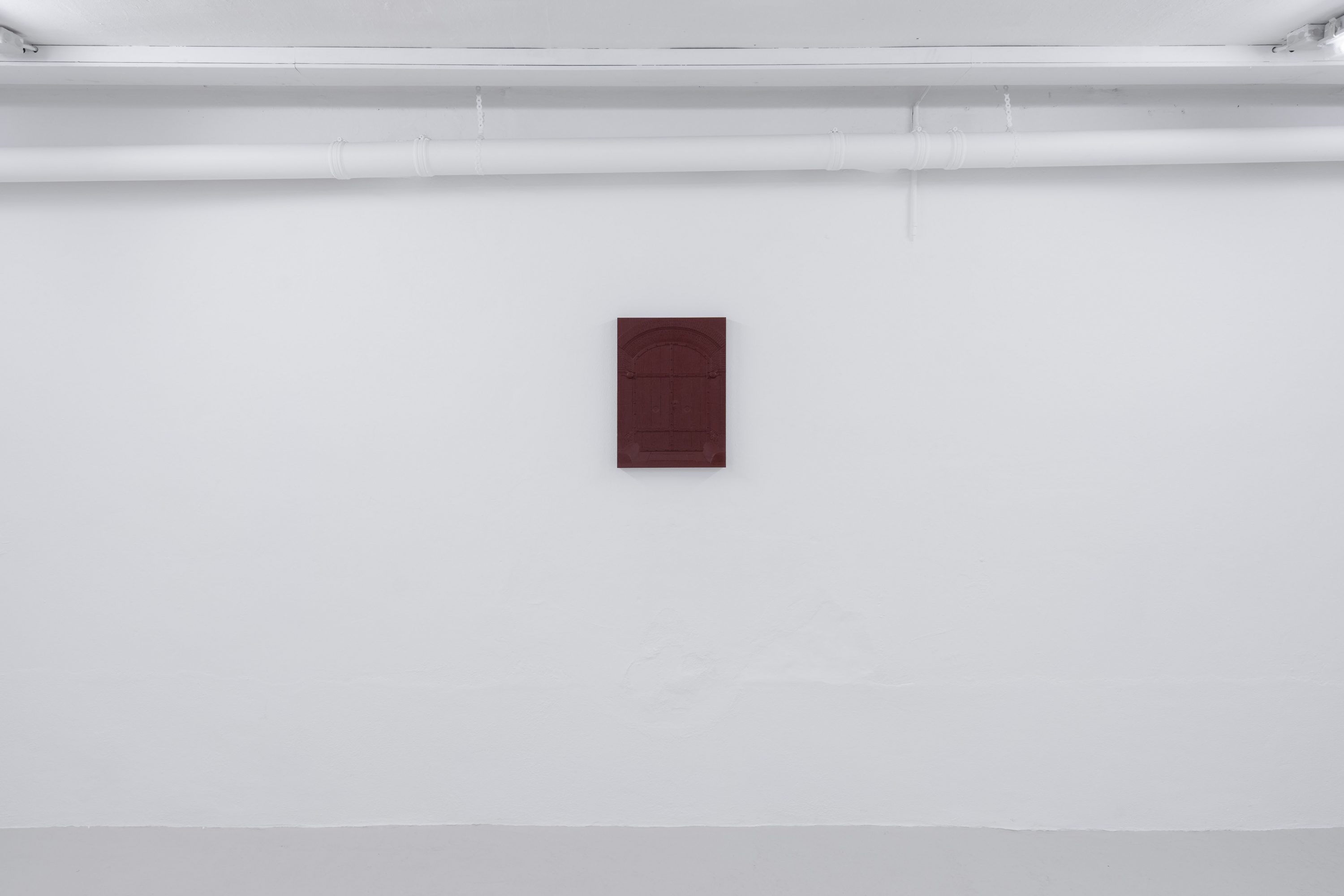
Sebastian Hedevang. Current assets. December, 2020 – February, 2021. Photo by Brian Kure 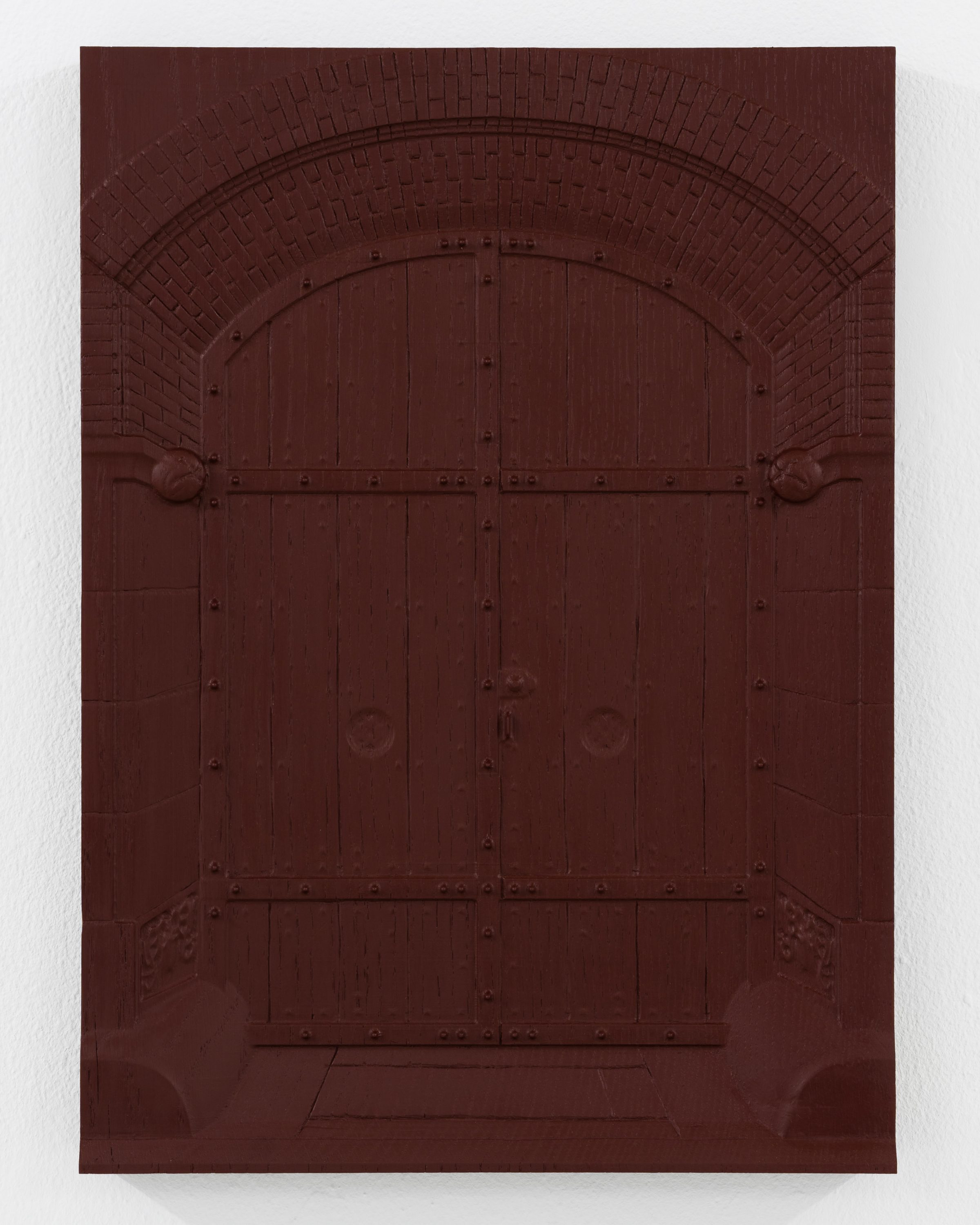
Sebastian Hedevang. Gate to Copenhagen City Hall Courtyard (Dark red), 2020. Oak, oil paint. 37 x 51 x 5 cm 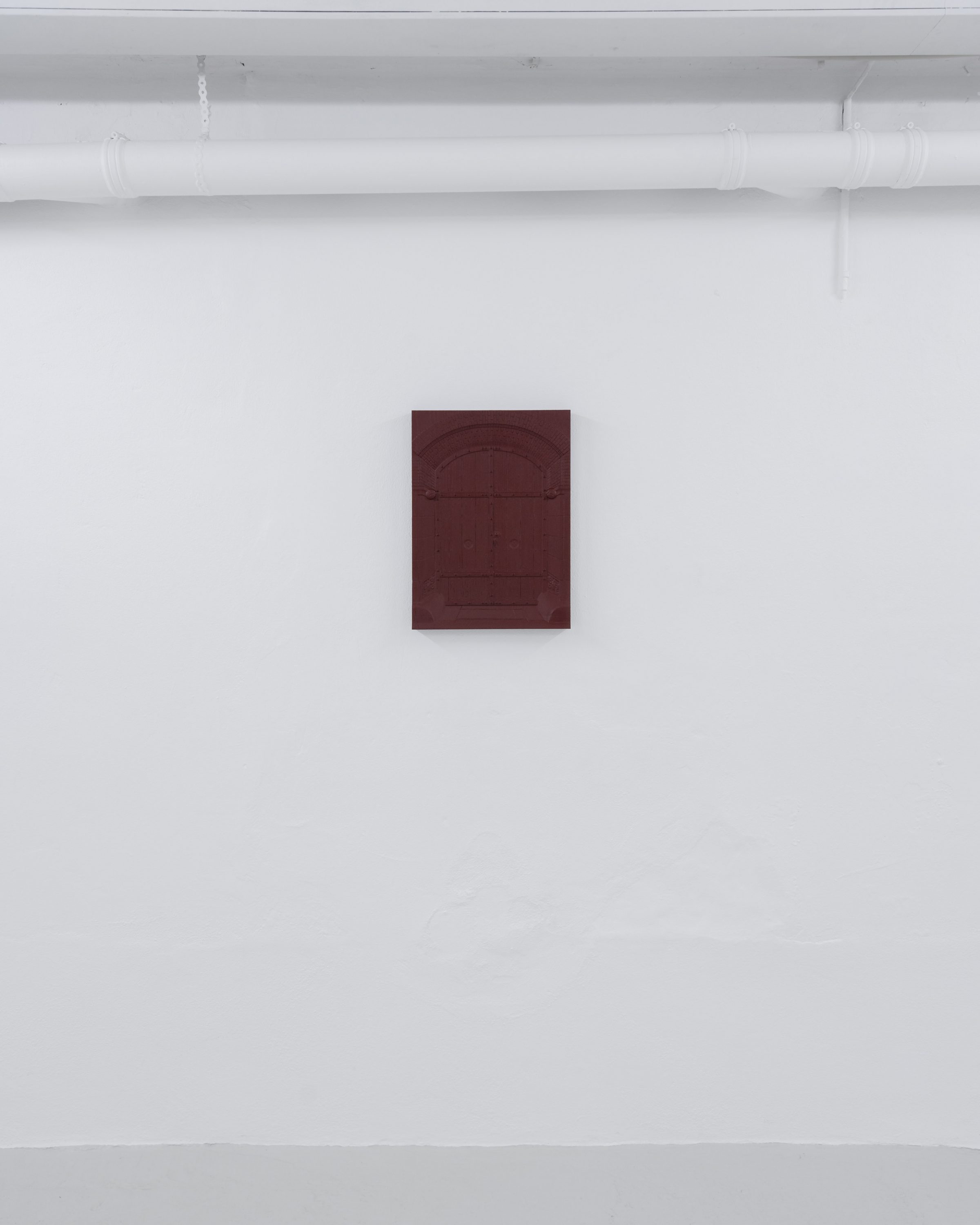
Sebastian Hedevang. Current assets. December, 2020 – February, 2021. Photo by Brian Kure 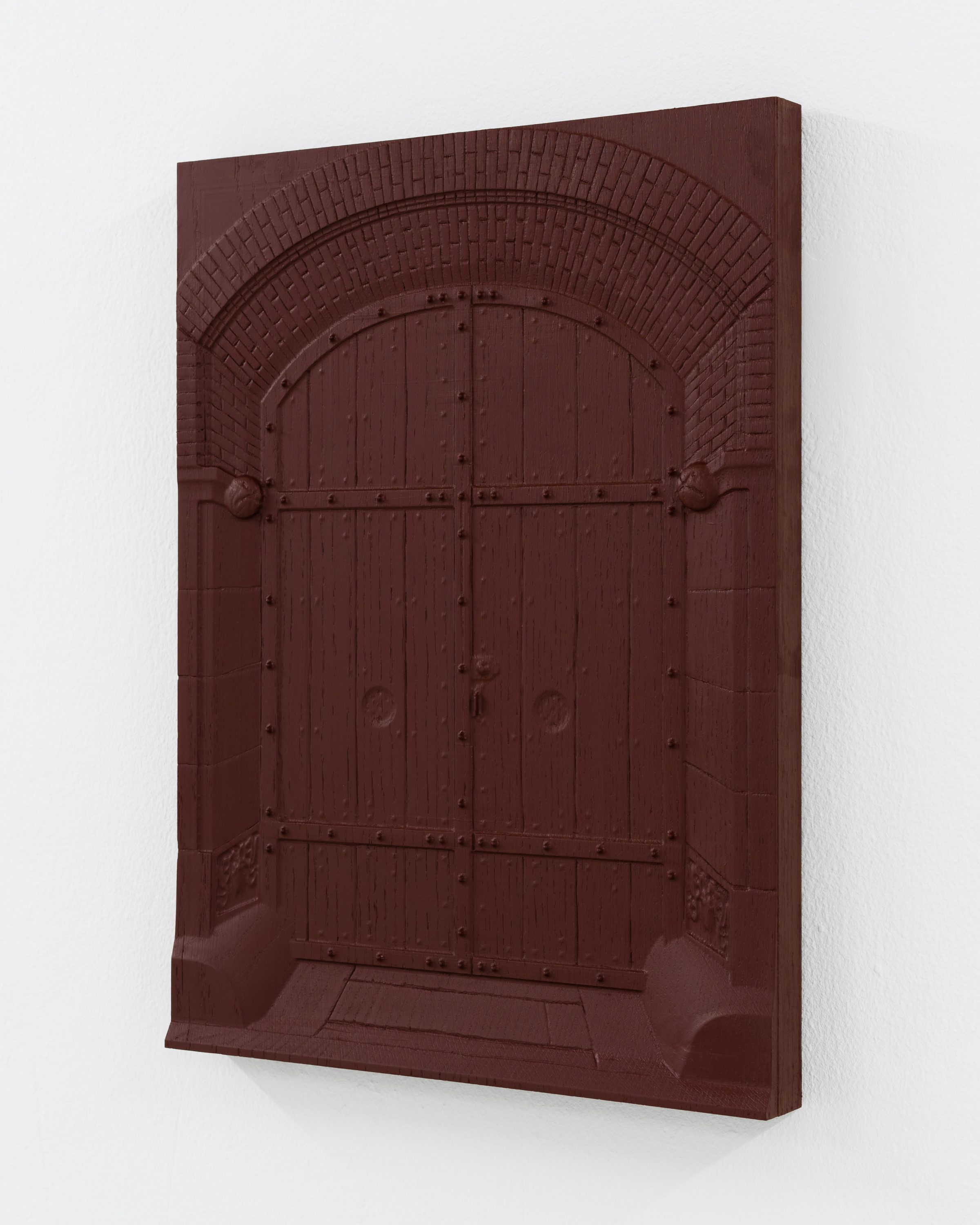
Sebastian Hedevang. Gate to Copenhagen City Hall Courtyard (Dark red), 2020. Oak, oil paint. 37 x 51 x 5 cm 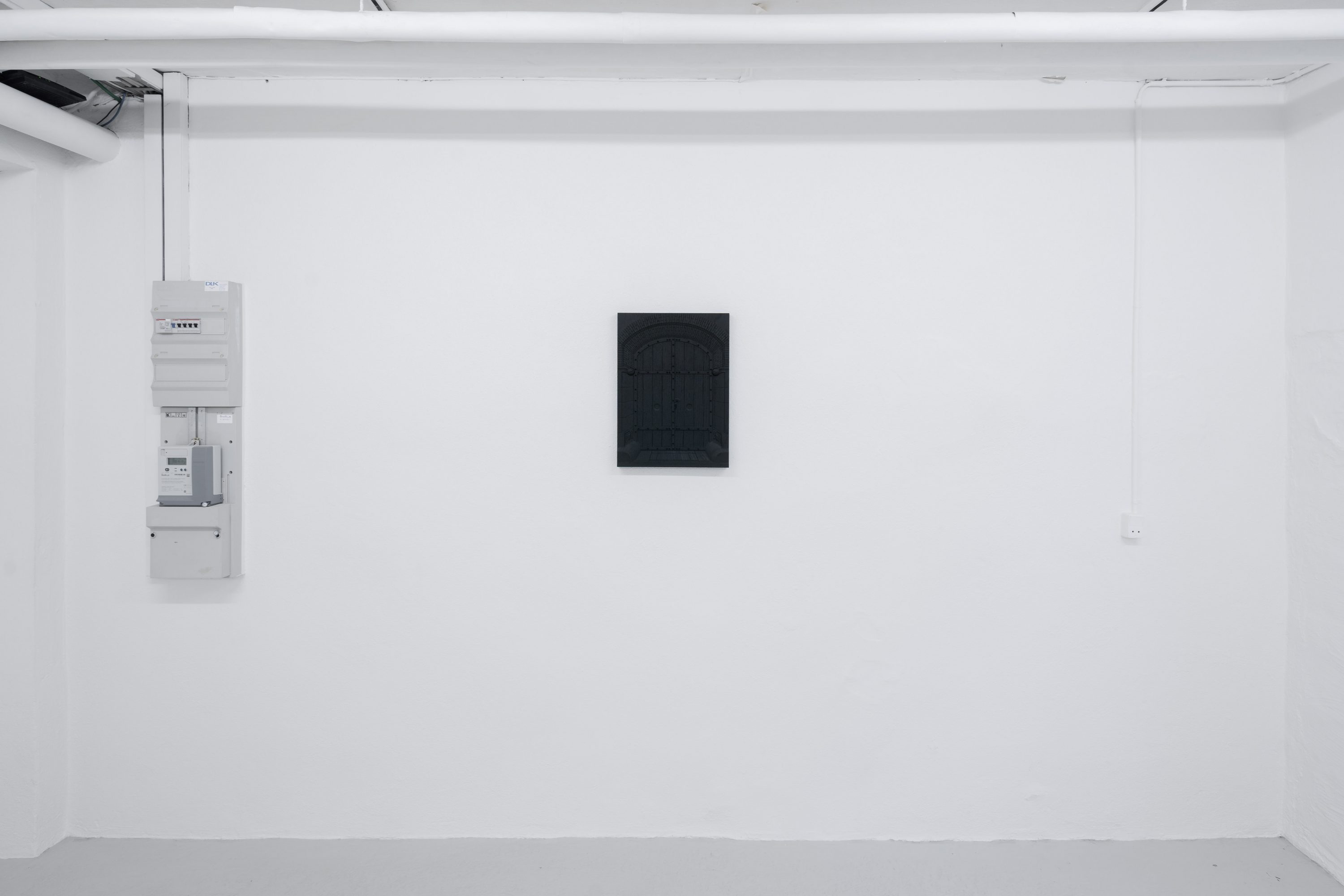
Sebastian Hedevang. Current assets. December, 2020 – February, 2021. Photo by Brian Kure 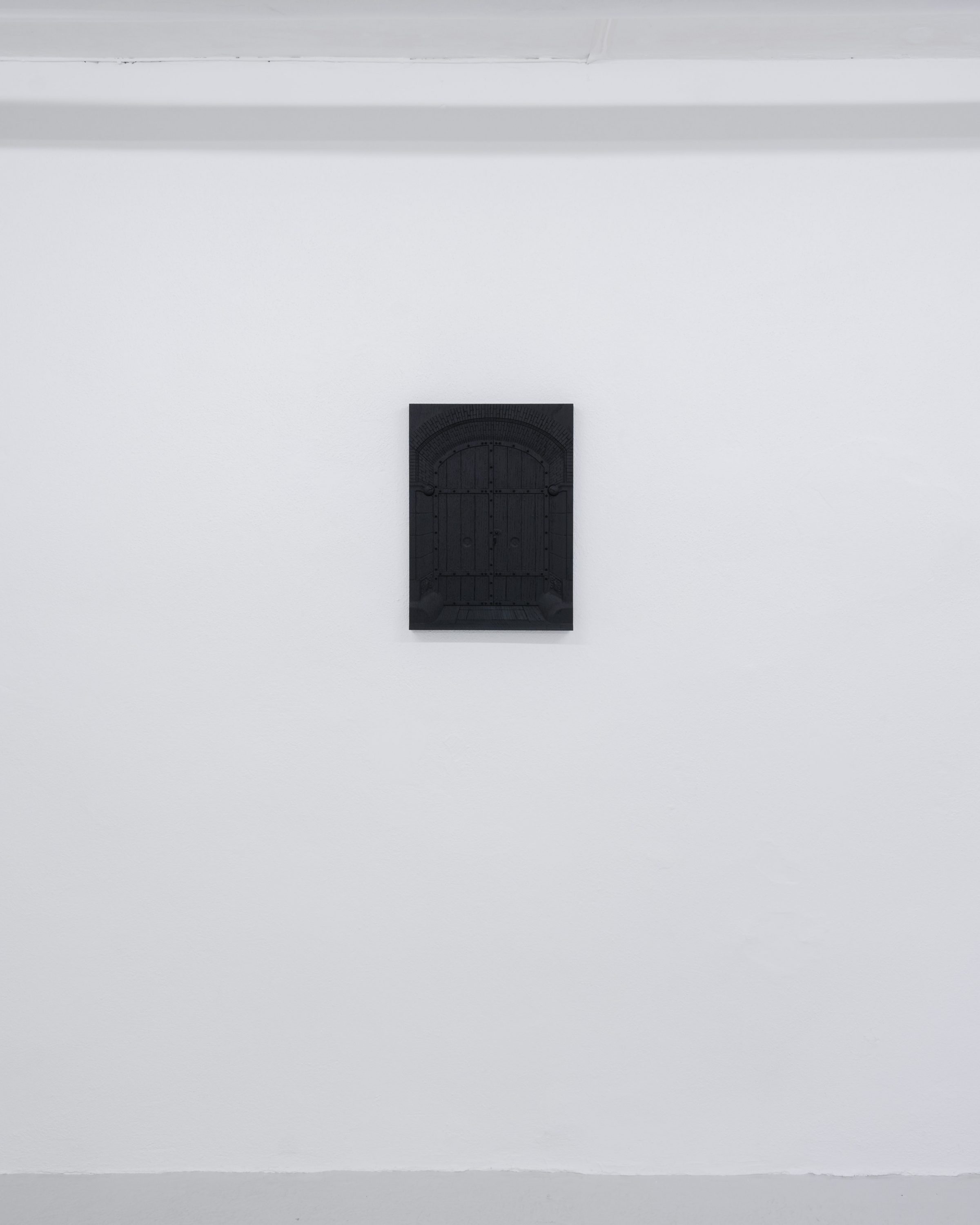
Sebastian Hedevang. Current assets. December, 2020 – February, 2021. Photo by Brian Kure 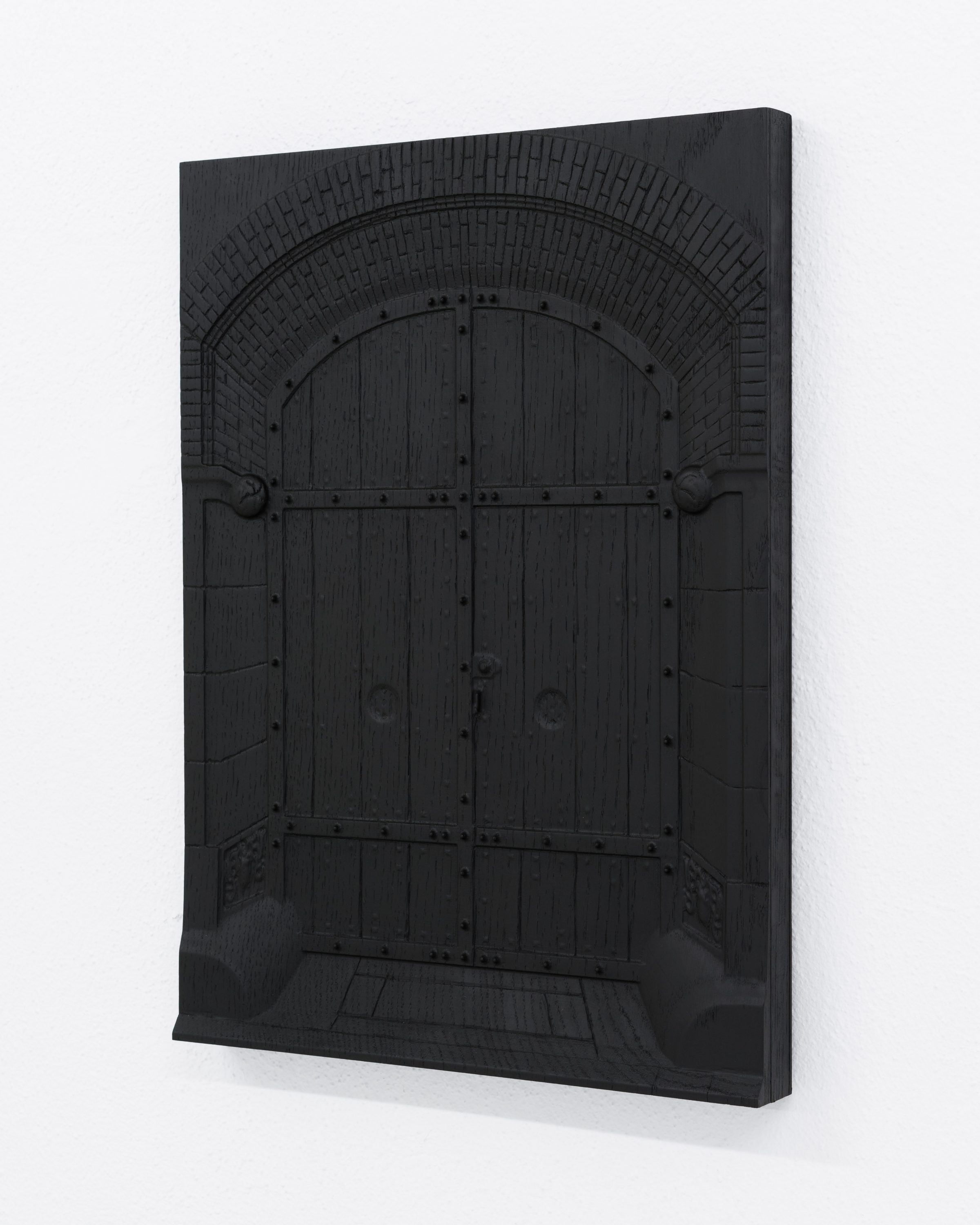
Sebastian Hedevang. Gate to Copenhagen City Hall Courtyard (Dark grey), 2020. Oak, oil paint. 37 x 51 x 5 cm 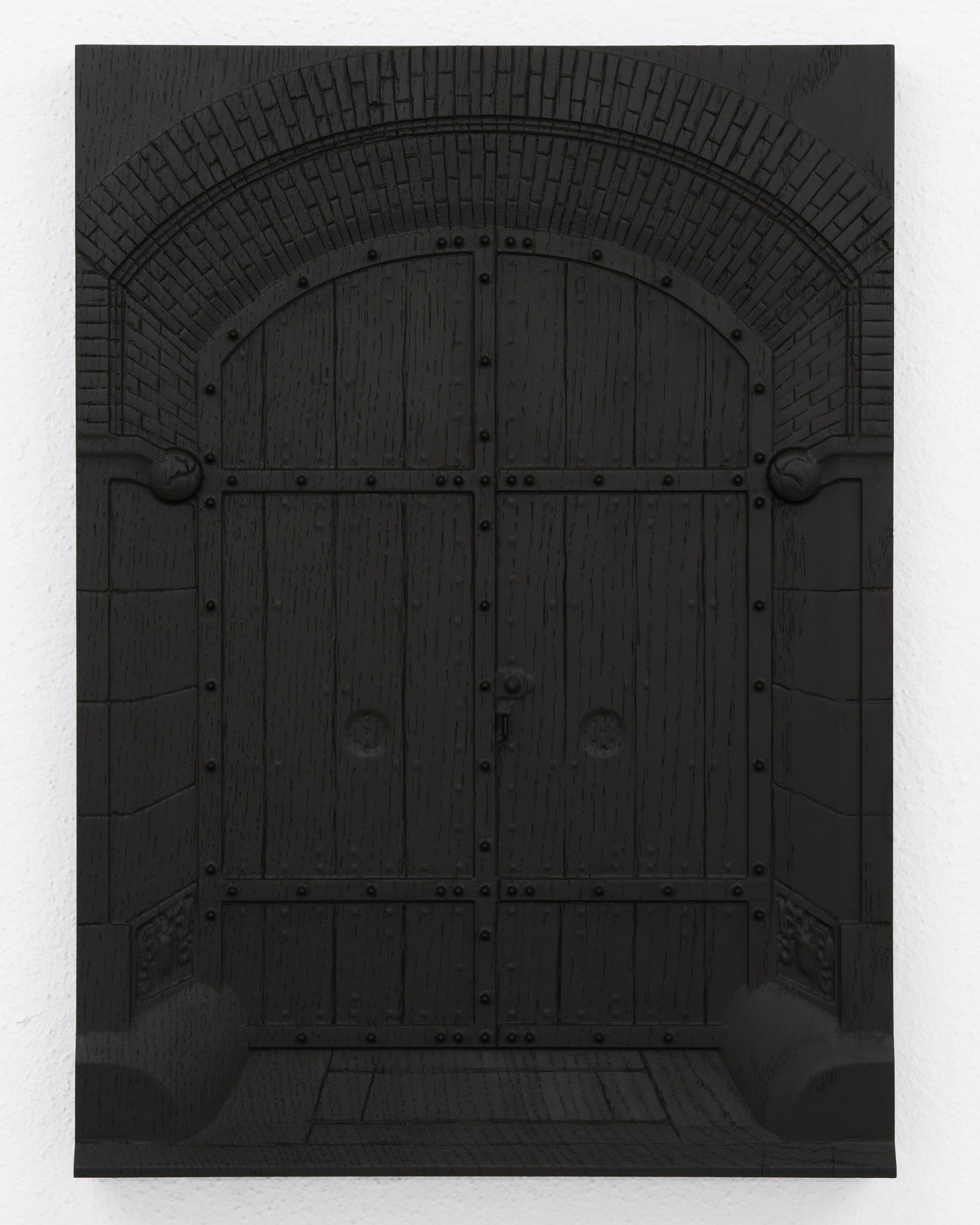
Sebastian Hedevang. Gate to Copenhagen City Hall Courtyard (Dark grey), 2020. Oak, oil paint. 37 x 51 x 5 cm 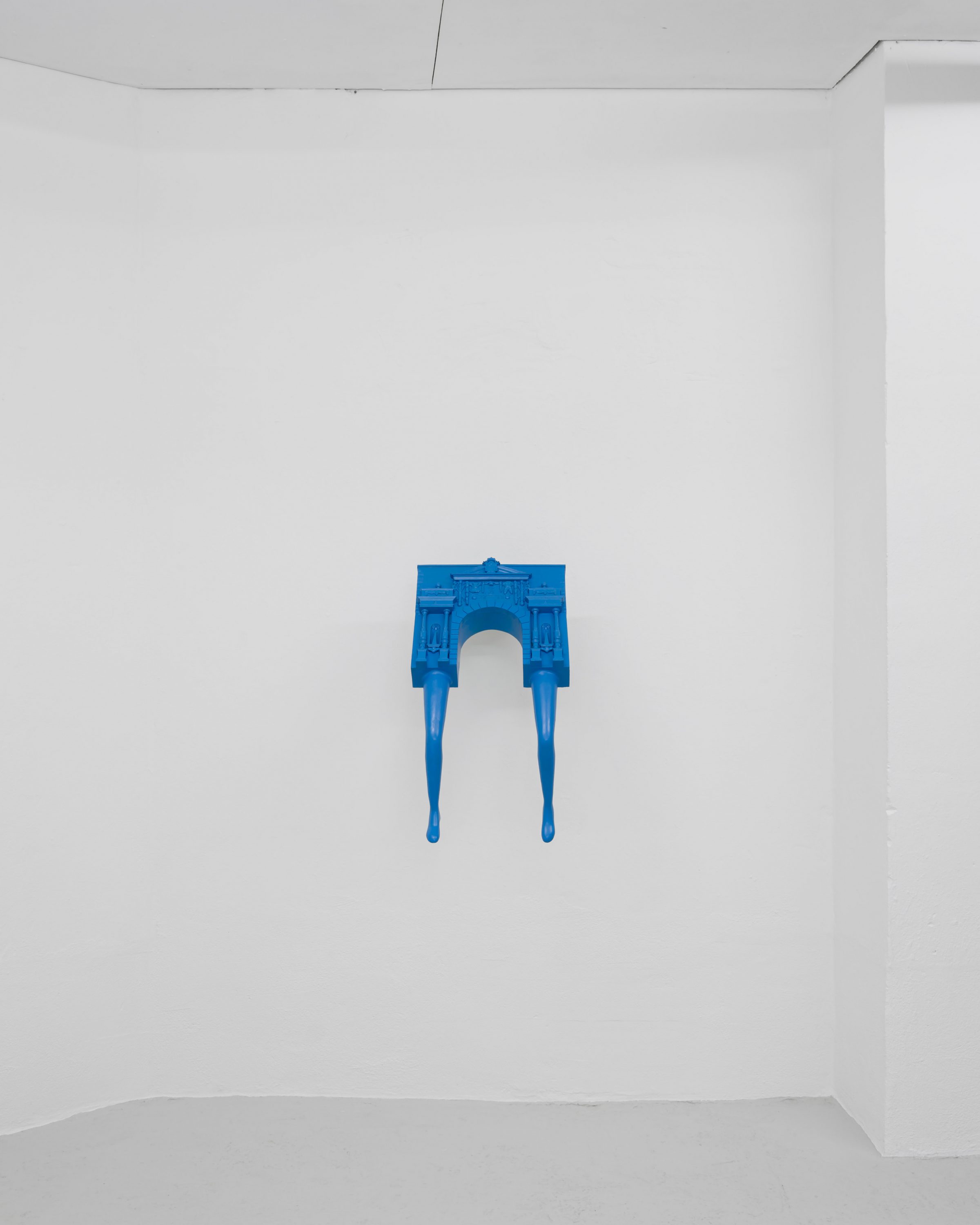
Sebastian Hedevang. Current assets. December, 2020 – February, 2021. Photo by Brian Kure 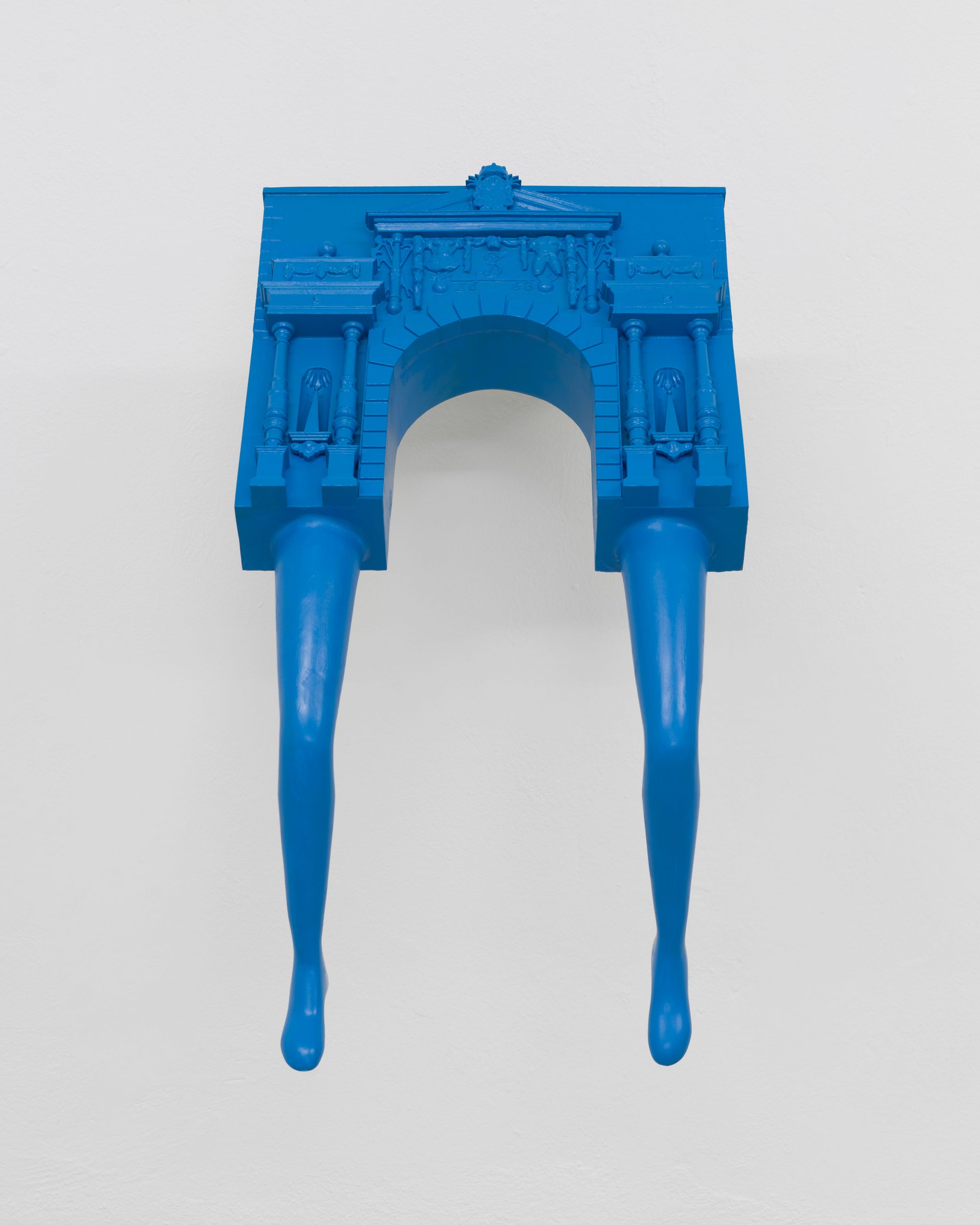
Sebastian Hedevang. Vesterport with Legs, 2020. FDM print, wood, wood filament, silicone, oil paint, acrylic paint. Approx. 35 x 70 x 45 cm 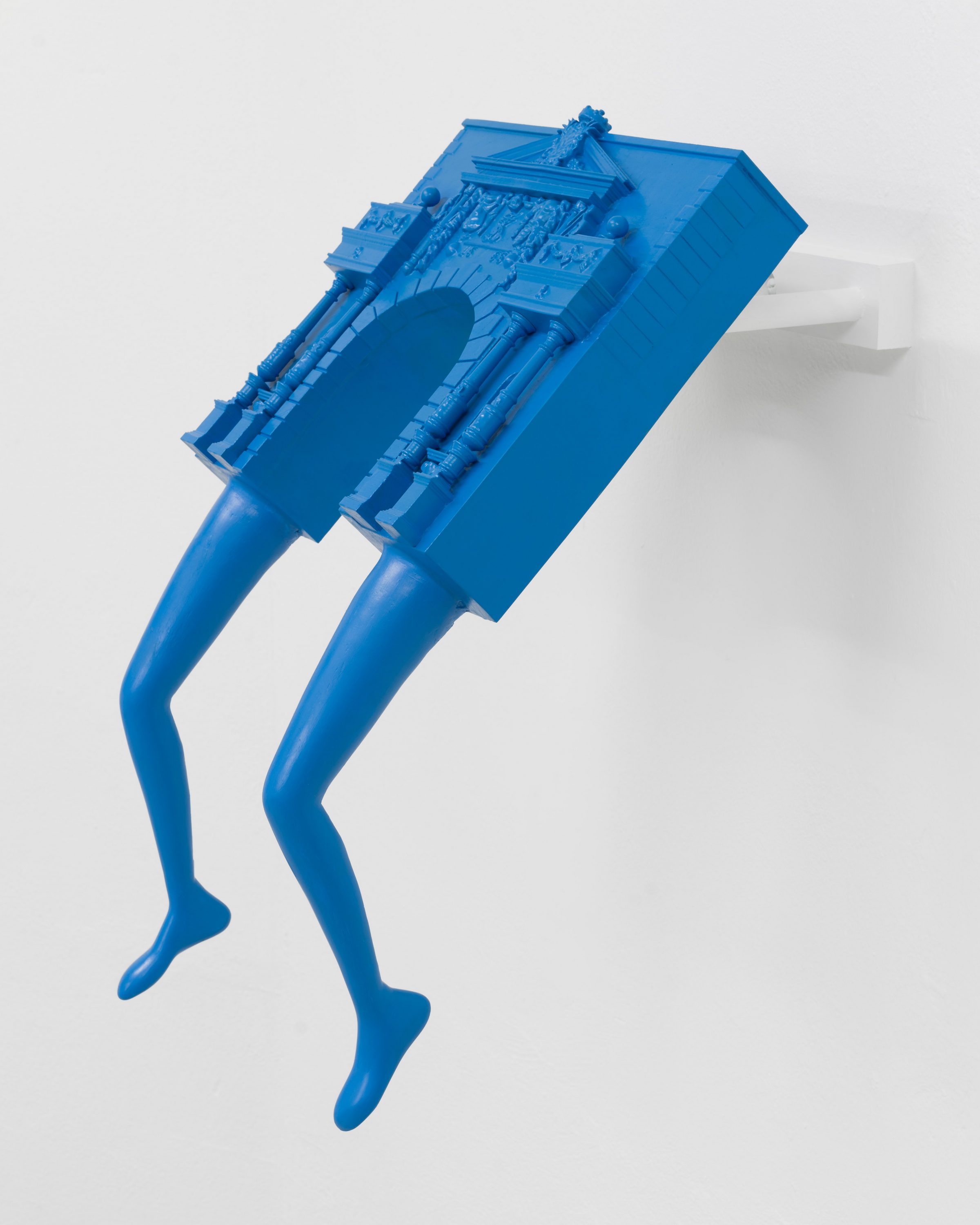
Sebastian Hedevang. Vesterport with Legs, 2020. FDM print, wood, wood filament, silicone, oil paint, acrylic paint. Approx. 35 x 70 x 45 cm 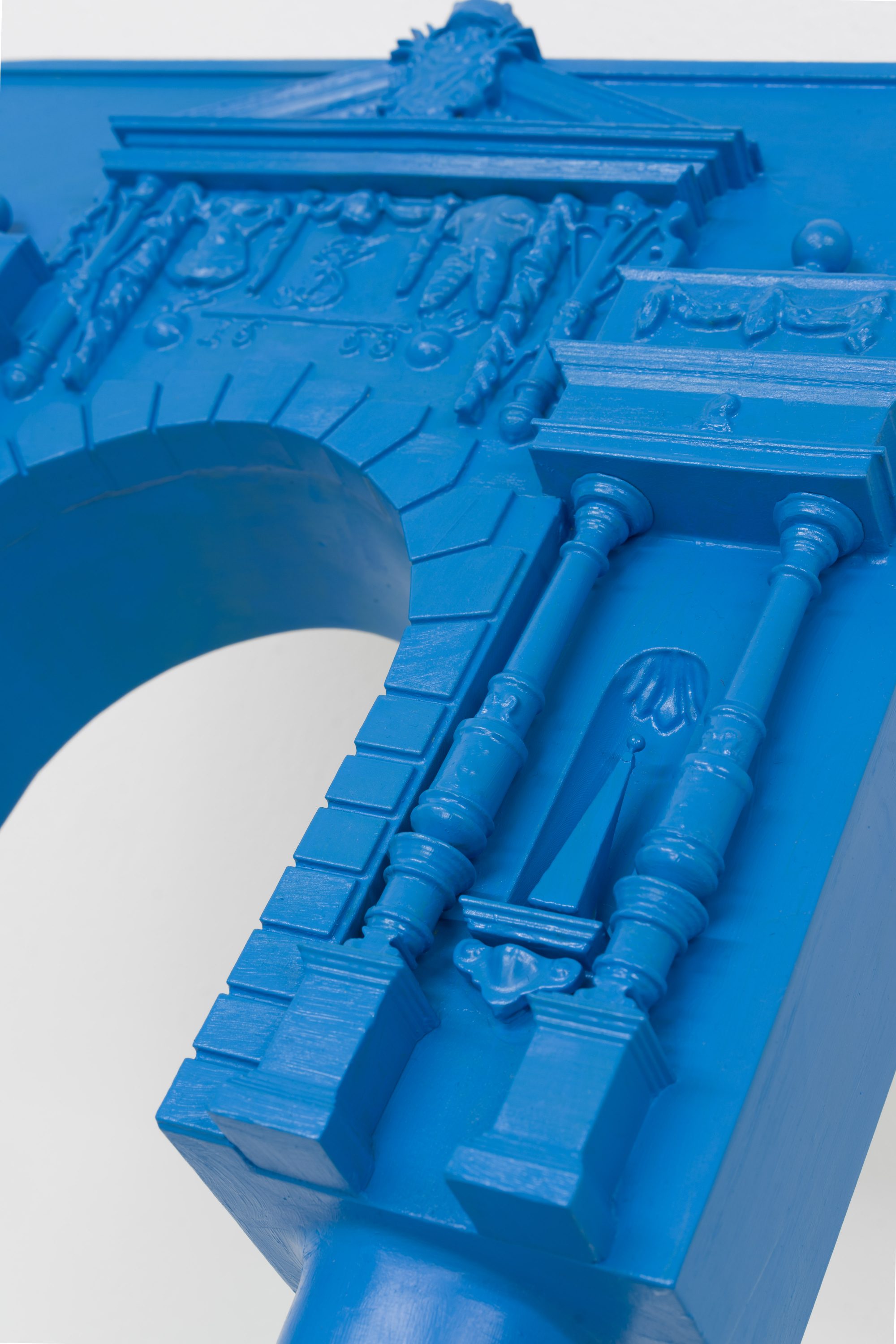
Sebastian Hedevang. Vesterport with Legs, 2020. (Detail)